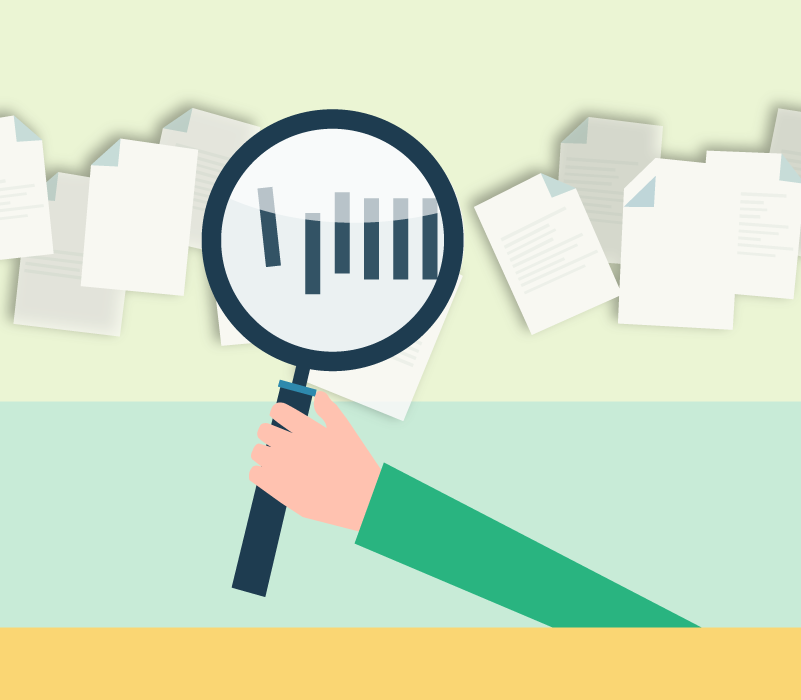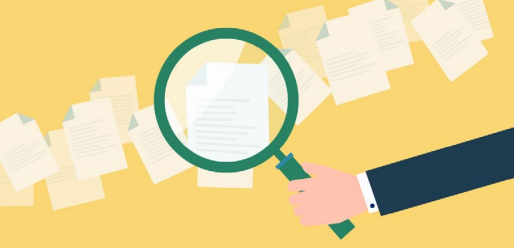-
The Australian National University Tech Policy Design Centre has developed 8 foundational principles for the design and implementation of strong tech policy.
These principles align with the toolkit and are key to delivering good solutions. It’s a good idea to understand these foundational principles prior to starting the 5-phase process.
-
The 5-phase policy development process is a structured, evidence-based approach designed to create effective, well-informed solutions.
-
Digital experience
Digital experiences are the interactions and engagements a user has with a digital service, including its useability and design and the users’ overall satisfaction
Off -
Estimated timing and effort required in each phase
- Phase 1: Pre-discovery: 5%
- Phase 2: Discovery: 15%
- Phase 3: Alpha: 25%.
- Phase 4: Beta: 35%
- Phase 5: Live: 15%
While the DTA acknowledges there is no one-size-fits-all approach for policy development, each phase of the process is important. Avoid the temptation to jump from the initial idea to the final policy.
The Australian National University Tech Policy Design Centre has developed 8 foundational principles for the design and implementation of strong tech policy.
These principles align with the toolkit and are key to delivering good solutions. It’s a good idea to understand these foundational principles prior to starting the 5-phase process.
Off -
-
-
The pre-discovery phase is the first step in the process once you have identified there is a problem that may need to be addressed.
-
Purpose, objective and outcome
This phase involves conducting initial exploration of the project, determining what sort of work might be needed and the plan to address it. There are 3 steps to complete in pre-discovery, after which you seek the relevant approvals to progress to the next phase.
- Purpose: to explore the viability of standing up a project to address a problem and develop a project plan.
- Outcome: a high-level understanding of the problem space, a clear scope and a path forward.
- Output: a concise project plan that defines the objectives and scope, key stakeholders, methodology and governance.
-
Step 1. Undertake initial research to understand the problem space
This step includes conducting initial research to develop a better understanding of the problem space and reason why a project is needed.
The information in this step informs the scope of the initiative and the project plan.
Initial research in the pre-discovery phase
Desktop research
Gather and analyse existing information, reports, and policies to understand the current landscape.
For digital projects in the Australian government this includes aligning the problem statement with the structure of the Australian Government Architecture (AGA) and the missions of the Australian Government’s Data and Digital Government Strategy.
Internal consultation
Engage with internal stakeholders to gather background information about the perceived problem space.
This should encompass understanding how the proposed policy is implemented, identifying the business areas accountable for administering and reporting policy outcomes. Leverage existing governance bodies and forums, such as your Executive Board, to gather input.
Environmental scan
Identify external factors, trends, and developments that could impact the policy area, including legislative, technological, or economic changes.
Resources
- Human-centred design playbook (Victorian Government, 2023)
- Desktop research (Victorian Government, 2023)
- Literature review (Victorian Government, 2023)
- Landscape review (Victorian Government, 2023)
- Desktop research template (Digital Transformation Agency 2025)
-
Step 2. Scope the project
This step focuses on understanding the initiative’s boundaries, key objectives and strategic fit within broader government goals.
Establishing a clear scope provides direction, helps manage expectations, and serves as a foundation for planning, resourcing and approval processes.
A clear scope is also crucial for assessing the feasibility and strategic alignment of potential solutions later in the process. A kick-off workshop with key stakeholders can assist with achieving this step.
Determine high-level scope
Clarify objectives
Define the primary goals of the initiative and ensure your goals align with government and whole-of-government strategies.
Identify key stakeholders
Determine who will be involved or affected by the initiative, including internal and external stakeholders.
Assess strategic alignment
Evaluate how the initiative fits within broader government priorities to ensure relevance and value. This includes existing policies or frameworks.
As part of this, you should determine how the initiative aligns with capabilities in the AGA’s Domain and Capability Model.
Define core (high level) deliverables
Determine the expected outcomes and outputs of the initiative, focusing on what must be achieved for success.
Estimate resources and timelines
Develop indicative high-level estimates of the resources required and the expected timeline for key phases.
Set boundaries and constraints
Identify the scope limitations. This may include:
- policy or regulatory constraints
- budgetary limits
- other potential challenges.
Resources
- Project kick-off workshop (Victoria Government, 2023)
- Digital Service Design Playbook (Queensland Government, 2023)
- Stakeholder mapping (Queensland Government, 2023)
- Create a multi-disciplinary team (Queensland Government, 2023)
-
-
-
-
-
Phase 1: Pre-discovery
-
Step 3. Develop a project plan
Developing a plan is essential before commencing a policy initiative. A project plan provides a clear roadmap for the activities, resources, and timelines needed.
It also assesses the feasibility and strategic alignment of the initiative before any work commences.
A well-structured plan sets an informed and organised journey and ensures that all stakeholders understand the objectives, approach and governance required.
Alongside your project plan you might also like to develop a risk assessment and mitigation plan. This will help you identify potential risks or challenges that could impact the project and develop mitigation strategies.
Project plan inclusions
Objective and scope
Include a clear statement of the policy initiative’s purpose, goals, and high-level scope.
Key stakeholders
Identify internal and external stakeholders who will be involved in or affected by the policy initiative. Develop a stakeholder engagement plan.
Approach and methodology
Define the framework or approach that will guide the development process, including:
- research methods
- stakeholder engagement
- consultation strategies
- the skills and resources needed to deliver the approach and methodology.
Governance and approval
Include a description of the governance structures and decision-making process required for the initiative, including who will approve the plan.
Resources
- Project plan (Digital Transformation Agency, 2025)
- Risk assessment and mitigation plan (Digital Transformation Agency, 2025)
Off -
Phase 2: Discovery
Connect with the digital community
Share, build or learn digital experience and skills with training and events, and collaborate with peers across government.






